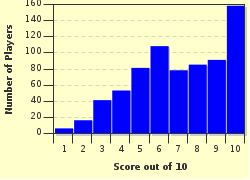Quiz Answer Key and Fun Facts
1. What article might you use in soldering jewellery to support your work and to make sure that heat is distributed evenly?
2. A jeweller's desk has a semi-circular hole cut out at the front, to enable you to get close to your work. What should be clamped, screwed or (ideally) rigidly fixed into the centre of the cut out edge?
3. Under the semicircle you should loosely attach a piece of (traditionally) leather or vinyl. What is this 'skin' used for?
4. What do you keep warm on your jewellery desk?
5. If you are planning on making rings, what is an article that will help?
6. What sort of hammer would you use for hammering your piece without marking it?
7. What shape of stones, be they precious or semi-precious, are the easiest for a beginner to work on?
8. What sort of saw are you likely to start using in jewellery?
9. So, you've finished your first jewellery piece. After carefully using ever finer grades of emery paper to remove the inevitable scratches caused by working, what is the first compound that you will use to polish it?
10. Finally, what compound will you use to bring your jewellery to a bright mirror finish?
Source: Author
Quiz_Beagle
This quiz was reviewed by FunTrivia editor
ozzz2002 before going online.
Any errors found in FunTrivia content are routinely corrected through our feedback system.

